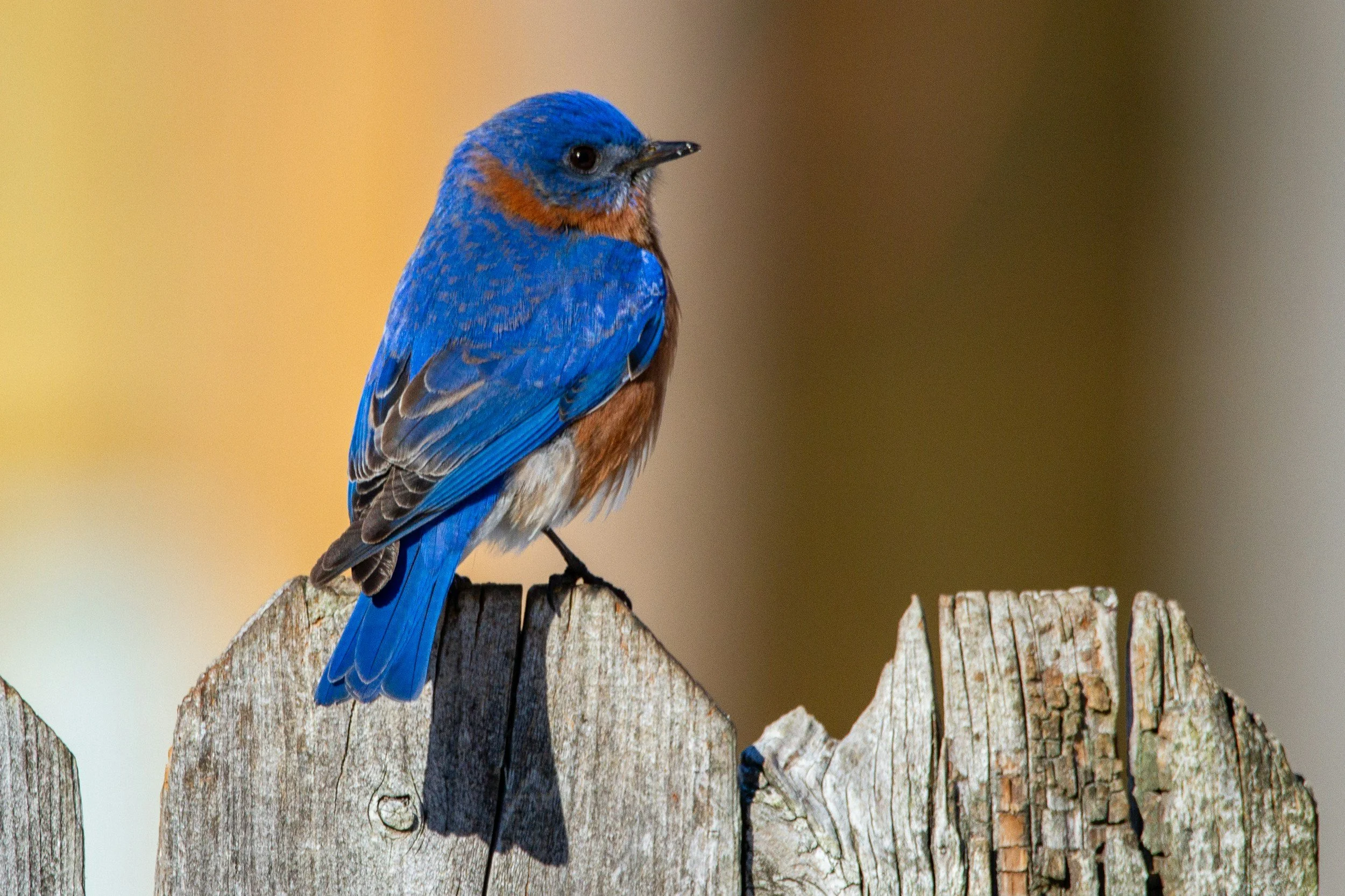How to Keep a Loved One’s Memory Alive With a Signs and Symbols Library
Grief can make reading hard. Want to listen to this article instead? Find its corresponding podcast episode here.
When someone we love dies, their absence feels unbearable.
Especially if we saw, touched, or spoke to someone every day, their gone-ness (yeah, I just made up that word) is a sort of full-body shock—one that we suffer every time we go to connect with them and they’re not there. It’s something that the people around us don’t necessarily see or know to acknowledge but is happening for us inside all the same.
For the first few weeks after my mom’s death I kept waiting for her to enter our family’s kitchen as if nothing had happened, laughing with her sisters and telling us stories about where she’d been. Of course I’d seen her body at her wake and logically knew she was dead, but some part of me couldn’t genuinely believe I wouldn’t ever be able to hear her voice or hug her or smell her signature cloud of morning hairspray again. I longed to be connected to her and that ache was physically painful.
My whole body reached for my mom, knowing that it would never make contact in the same way again. The experience reminded me very much of “world’s loneliest whale,” who sings at 52-hertz—a frequency that no other whales sing at, dooming it to swim the seas and sing its songs all alone. I felt like I was singing a song only she could hear, and now she was no longer alive to respond to my call.
I encountered this feeling again after my best friend, Tami, died suddenly from COVID. She was my neighbor and we texted every day, having longer chats when we went for runs together on Chicago’s lakefront. While I didn’t get the opportunity to see her body after her death, going from seeing her enter the ER to receiving the news that she was dead was distressing. For months after Tami died, I’d go to text her and realize I couldn’t. I’d walk by her apartment expecting to see her cats or her protest signs in the windows only to realize that a new tenant—one with no cats and no window signs—had already moved in. I felt pulled to the places I used to interact with Tami—both physically and digitally—and was devastated by their lack of her.
Years of grieving and being a grief coach has taught me that the desire to stay connected to someone who died is normal and deeply human. Many grievers are looking for actions they can take—things they can actually do—to help them feel close to their loved ones who are no longer here.
One way I teach my students inside Life After Loss Academy to foster this connection is by creating something I call a Signs + Symbols Library—a tool that helps you remember and honor your loved one using your five senses.
It’s an easy, personalized way for you to fold your loved one into your life in through sights, smells, sounds, tastes, and touches that shine a spotlight on their presence—instead of highlighting their absence.
Whether you believe your person has the ability to send you messages from the afterlife, or you simply want to feel surrounded by their memory in everyday life, this tool is for you.
What Is a Signs + Symbols Library?
A Signs + Symbols Library is a collection of sensory activators—sights, sounds, smells, tastes, and textures—that connect you to the memory, presence, and essence of someone you’ve lost.
It’s not about making grief disappear. It’s about inviting your loved one back into your life in intentional, comforting ways.
Think of it as a personalized-to-you memory bank—full of sense-based reminders and symbolic anchors that help you feel tethered to your person.
How to Build Your Own Signs + Symbols Library
Get out a piece of paper and a pen or pull up the Notes app in your phone. Title your list “[Loved One’s Signs + Symbols Library]. Then, write down each of the five senses—sight, smell, sound, touch, and taste—leaving room for three to ten items under each heading. Set a timer for five minutes and list as many things as you can under each sense that remind you of your person.
Remember: the goal of this tool is to engage your five senses and notice what brings your person to mind. You’re not making anything up—you’re simply tuning in to what you remember about them.
Here are some ideas to get you started:
SIGHT
Photos, home videos, favorite clothing items
A place they loved (beach, café, city skyline)
Their favorite color or a visual symbol (like butterflies, cardinals, or stars)
SMELL
Their perfume, aftershave, or favorite soap
A meal or baked good they used to make
Flowers, books, or nature smells tied to your memories
SOUND
Their favorite music or a song they always played
Voice memos, voicemails, or old recordings
The sound of rain, wind chimes, or other natural elements they loved
TOUCH
A fabric that reminds you of them (soft hoodie, denim jacket, flannel)
A piece of jewelry they wore or gave you
Textures that connect you—like a warm blanket they used
TASTE
A recipe you made together
A drink they loved—coffee, wine, or a certain soda
Seasonal or cultural foods linked to them
For the Spiritually Inclined: What If These Are Actual Signs from My Loved One?
Many students I work with believe signs and symbols are gifts from the other side—afterlife messages from their loved one that offer comfort, direction, presence, or the sense that their person is okay.
If that’s you, the Signs + Symbols Library can become a way of training your attention to notice what your person may already be sending you. When a cardinal lands nearby or your grandmother’s perfume suddenly appears in a crowd, it won’t feel random—it’ll feel sacred.
By choosing signs that remind you of your person and staying open to unplanned encounters with them, you’re creating space for awe, for meaning, and for ongoing relationship.
And, as new-to-you signs appear, you can add them to your Signs + Symbols Library, strengthening your connection with your loved one over time. For example, after my mom died, I felt most connected to her when I heard old hymns played on a piano or when I found a penny on the ground. But I started seeing palindrome number patterns (such as 1-5-1 or 2-4-2) everywhere. It felt like I was being haunted by these numbers.
After doing some research, I learned that palindromes can be a message from a parent in the afterlife, because M-O-M and D-A-D are also palindromes! I now have “palindrome numbers” on my list of sights that remind me of my mom. Other additions to my Signs + Symbols Library for my mom have included spiders (a symbol of feminine creativity; my mom was VERY creative), African violets, and any book or piece of art by the author SARK.
What If I Don’t Believe in an Afterlife?
Some of my clients and students believe that nothing happens when we die, and that’s completely valid. Remembering your loved one doesn’t require a belief in the mystical or spiritual.
Even without believing your loved one is “out there somewhere,” you can use your Signs + Symbols Library to bring more intentional remembrance into your life. The comfort doesn’t have to come from the idea that your person is watching over you; it can come from the ritual of remembering them on purpose.
I once had a client from Australia who was grieving the death of her ex-boyfriend. She’d found out about his death several years after his loss because of their breakup, their mutual service in the military, and the way in which he died. She was struggling to feel connected to him, especially because people who might want to remember him with her seemed to have already “moved on,” as their grief was not as fresh.
Together, we created a Signs + Symbols Library for her that included some clothing she remembered him wearing, animals she remembered him loving, and songs she remembered him singing.
She began forming a positive association with these things and would practice saying, “I see a cockatoo and I think of how John loved their silly yellow mohawk feathers.” Suddenly cockatoo were no longer just birds to her. They were opportunities to remember her ex in a way that felt comforting and affirming—a way to keep him close in her mind.
The Signs + Symbols Library is not about magical thinking. It’s about deliberate connection. Think of it as your permission slip to create a sacred space for memory—not because your loved one is speaking from beyond, but because they mattered to you. And while you may not have the power to bring them back to life, you can draw them close to you through objects, sights, scents, and food and drink.
What If I Didn’t Get to Meet the Person Who Died? Signs + Symbols for Miscarriage, Stillbirth, Estrangement, Adoption, or Ancestral Loss
The Signs + Symbols Library tool isn’t limited to losses where you got to know the person who died.
It also works beautifully for:
Miscarriage or stillbirth: Choose a color, flower, quote, or animal to represent the life that didn’t get to unfold.
Estranged, adoptive, or distant family relationships: Use photos, secondhand stories, or objects to build connection where direct memory may not exist.
Even if you didn’t get to know the person who died on a physical, mental, emotional, or spiritual level, you get to decide how you relate to them now.
What If It Feels Fake to Look for Signs Instead of Waiting for Them to Appear?
Let’s name the discomfort: some grievers feel like it’s cheating to assign meaning to a number, a flower, or a bird. They worry that unless a sign shows up unbidden, it doesn’t “count” as a real sign from their loved one.
But here’s what I’ve seen over and over in Life After Loss Academy: whether a symbol is one you choose, or one that surprises you, the effect is the same—it brings connection and closeness to the person who died. And that is the ultimate goal of integrating loss into your life.
Creating a library of signs and symbols doesn’t cancel out your ability to receive spontaneous ones. In fact, it can make you more receptive to unexpected reminders or messages from your loved one. The act of choosing to see your person in the everyday is not forced—it’s intentional spacemaking for their presence. It’s just one of many ways you can demonstrate your continued love for them.
Closing Thoughts: You Choose How You Maintain Your Connection to Your Loved One
There are many things that loss takes away from us, but one thing it can’t take is how we choose to remember our loved ones. And one tool for keeping them close is my Signs + Symbols Library.
Having a collection of sensory memories that connects you to your person prevents you from relying on just one sign or symbol to remember them and opens you up to all the possible ways you can carry them with you as you move forward. Create your library today and let it evolve with you as you grow through grief.
Whether you see these signs as sacred messages from the beyond or simply as ways to surround yourself with memory and meaning, your desire to stay connected to your loved one is a beautiful, human thing.
If you’d like help building your Signs + Symbols Library or you’d like to explore the 50+ other practical grief tools I’ve created to help you fold your losses and loved ones into your life (instead of being forced for “forget it and move on”), join us inside Life After Loss Academy. Module 3: Integrate is all about the many ways we weave our memories, our struggles, and our loved ones into the fabric of our lives, so they come with us as we rebuild after loss.



